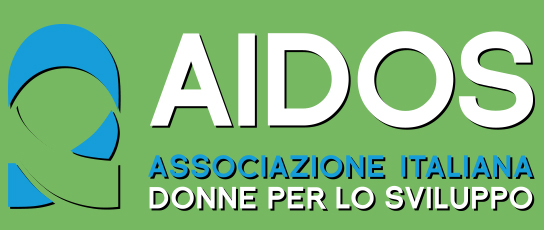2022 – Nutrition / Gender equality
WHERE
Afghanistan, the three locations of Kabul, Takhar and Farah.
PARTNER
Local association
BACKGROUND
Afghanistan is currently facing multiple crises: drought, the collapse of public services, a severe economic crisis and increasing food prices, conflict and COVID-19. The cost of food has increased by at least 50 percent and nearly 19 million people are in need of food assistance. When prices for basic necessities rise significantly, gender-based violence (GBV) increases––including forced and early marriage––and women and girls are at increased risk of exploitation. Furthermore, the healthcare system is collapsing, maternal health care is limited and COVID-19 is rapidly spreading. More than 600,000 Afghans have been displaced over the course of this year and 80 percent of them are women and children. According to the latest Integrated Food Security Phase Classification (IPC, October 2021), in some areas of the country, families depend on humanitarian assistance to survive the freezing winter months. Between November 2021 and March 2022 (the winter lean season), a further deterioration in food security is expected, with the number of people in crisis increasing to 22.8 million. (Afghan Women and Girls Under Immediate Threat: The Responsibility to Protect and Assist Is Just Beginning, October 2021, Refugees International). Women and girls under the age of 25 years old amount at more than 11 million––almost one-third of the entire Afghan population. After the recent Taliban takeover of Afghanistan, they face unique challenges. The Taliban have already begun to erase the gains that Afghan women have made over the last 20 years: Co-education is not allowed, secondary-school age boys were instructed to return to school, but girls were not allowed to do the same. Women must stay home from their jobs. Moreover, the Taliban have already started to target women human rights defenders, journalists, politicians, judges, business owners, activists, and other women involved in public life who are now at risk. Women and girls in patriarchal societies also suffer the worst deprivation as more food is allocated to the males of the household. Poverty and humanitarian crises can limit women’s and girls’ access to culturally appropriate, high-quality menstrual supplies and safe, private washing facilities. Access to menstrual education and products to properly manage menstruation empowers Afghan girls and women who can continue their daily lives.
GOALS
Respond to the food security and nutrition needs of Afghan families with a focus on women and girls in the three locations of Kabul, Takhar and Farah.
Maintain women’s and girls’ adequate hygiene standards.
BENEFICIAIRES
- 279 Afghan families who will receive packages of food items; about 93 families in each of the three project locations.
- 279 women and girls who will receive packages of sanitary and non-food items; about 93 women and girls in each of the three project locations.
In addition to these concrete results, the project will also foster processes of empowerment for women and girls by breaking the sense of isolation.
PROJECT ACTIVITIES
Distribution of food items to families
Food items will be distributed to families with priority to women heads of households, to households with persons with disabilities, to women and girls who are exposed to malnutrition or have children at risk.
Distribution of sanitary and non-food items for women and girls
Sanitary and non-food items will be distributed to older women, pregnant or lactating women, adolescent girls, women and girls with disabilities, women with children, women and girls with the aim to contribute to maintain hygiene and reduce health problems. Kits may include: hygiene products, menstrual health (sanitary pads), garments, and Covid 19 prevention items: (sanitizers and wet tissue).
EXPECTED RESULTS
- Stabilized or improved food consumption over assistance period for targeted households and/or individuals.
- Stabilized or improved health and hygiene standards over assistance period for targeted households and/or individuals.
WHEN
01/01/2022 -31/03/2022 (3 months)
COST OF THE PROJECT
€ 34.565
WHO IS FINANCING
Private donors
Photo by Joel Heard on Unsplash

